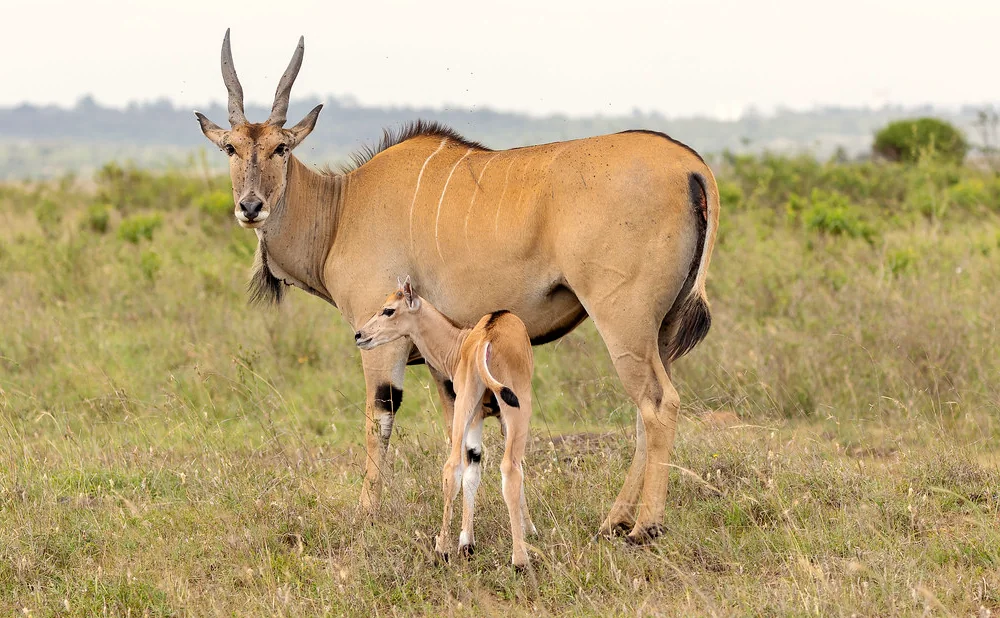Kilimanjaro National Park

Kilimanjaro National Park: Home of Africa’s Highest Peak
Kilimanjaro National Park is one of Tanzania's most iconic destinations, encompassing the world-renowned Mount Kilimanjaro, the highest free-standing mountain in the world and the highest peak in Africa at 5,895 meters (19,341 feet) above sea level. Located in northern Tanzania, near the town of Moshi, this UNESCO World Heritage Site offers a unique combination of breathtaking landscapes, diverse ecosystems, and the challenge of climbing one of the Seven Summits.
Key Highlights
1. Mount Kilimanjaro
The Roof of Africa: Kilimanjaro is a stratovolcano composed of three distinct volcanic cones: Kibo, Mawenzi, and Shira. Kibo, the tallest of the three, is where the famous Uhuru Peak is located, marking the highest point on the African continent.
Trekking Routes: There are several routes to the summit, each offering different experiences and levels of difficulty. The most popular routes include the Marangu, Machame, Lemosho, Rongai, and Shira routes. These routes take climbers through diverse climatic zones, from tropical rainforests to alpine deserts and the glaciated summit.
Summit Experience: Reaching Uhuru Peak, the summit of Kilimanjaro, is a once-in-a-lifetime experience that rewards climbers with breathtaking views of the surrounding landscapes and the satisfaction of standing at the highest point in Africa.
2. Diverse Ecosystems
Rainforest Zone: At the base of the mountain, the lush montane rainforest is home to a variety of wildlife, including blue monkeys, colobus monkeys, and various bird species. The rainforest is also known for its giant ferns and towering trees draped in moss.
Heath and Moorland: Above the rainforest, the landscape transitions into heath and moorland, characterized by unique vegetation such as giant groundsels and lobelias. This zone offers sweeping views of the lower slopes and the plains below.
Alpine Desert: Further up, the landscape becomes more barren, with the alpine desert zone offering a stark, lunar-like environment. The extreme altitude and lack of vegetation make this zone one of the most challenging parts of the climb.
Arctic Zone: The summit area, often covered in snow and ice, represents the arctic zone. This final zone is defined by its glaciers, scree slopes, and the crater rim, leading to Uhuru Peak.
3. Wildlife
Lower Slopes: While the upper reaches of Kilimanjaro are largely devoid of wildlife due to the harsh conditions, the lower slopes are home to a variety of animals. Elephants, buffalo, leopards, and antelope can sometimes be seen in the lower montane forests.
Birdlife: The park is also a birdwatcher’s haven, with species ranging from the endemic Abbot’s starling to the rare lammergeyer (bearded vulture).
4. Cultural Significance
Chagga People: The mountain is culturally significant to the Chagga people, who live on the lower slopes of Kilimanjaro. Visitors can explore Chagga villages, learn about their traditional way of life, and visit historical sites like the Chagga caves.
5. Accessibility
Entry Point: The main entry point for Kilimanjaro National Park is through Marangu Gate, located about 50 kilometers from Kilimanjaro International Airport. Moshi town serves as the base for most climbers, offering accommodation, guides, and equipment rentals.
Quick Facts
Size: Approximately 1,688 square kilometers.
Location: Northern Tanzania, near the town of Moshi.
Best Time to Visit: The best time to climb Kilimanjaro is during the dry seasons, from January to March and June to October, when the weather is more favorable, and the trails are less muddy.
Activities: Mountain climbing, wildlife viewing, birdwatching, cultural tours, and day hikes on the lower slopes.
Accessibility: Easily accessible from Moshi and Kilimanjaro International Airport.
Kilimanjaro National Park is not only a premier trekking destination but also a natural wonder that attracts adventurers from all over the world. The park’s diverse ecosystems, ranging from tropical rainforests to the icy summit, offer an unparalleled experience for climbers and nature lovers alike. Whether you’re seeking the thrill of standing atop Africa’s highest peak or simply wish to explore the rich biodiversity of its lower slopes, Kilimanjaro National Park promises an unforgettable journey in one of the most iconic landscapes on Earth.



